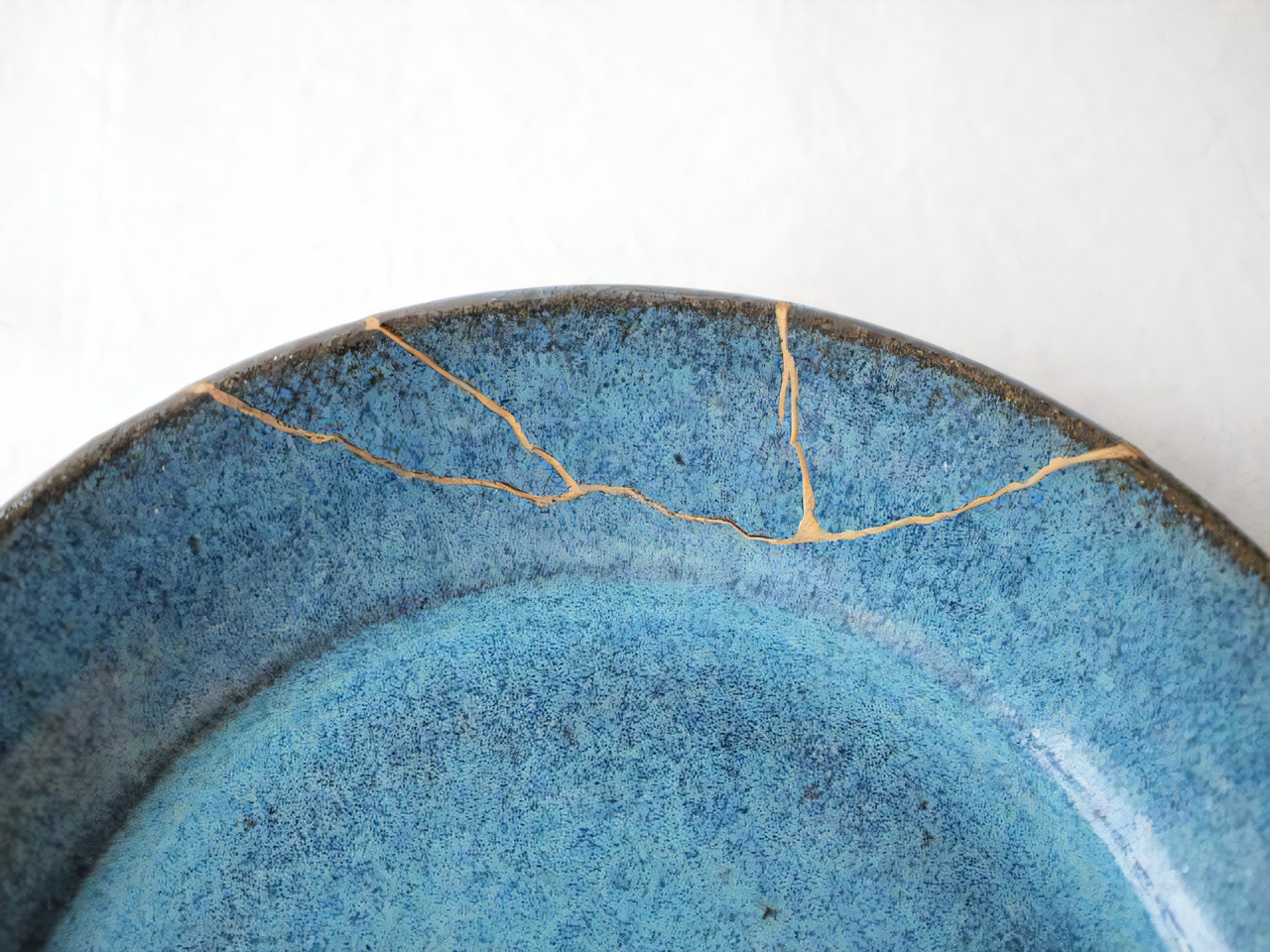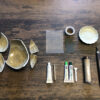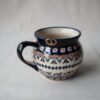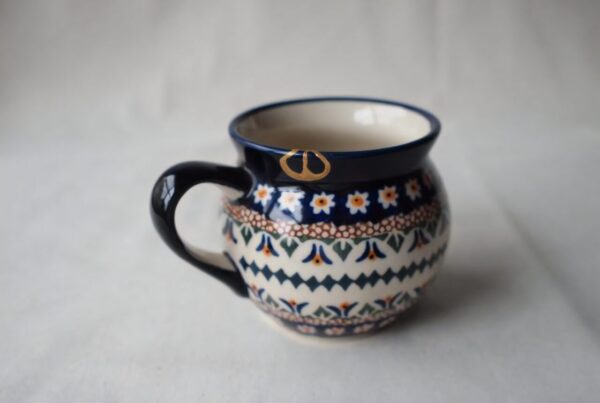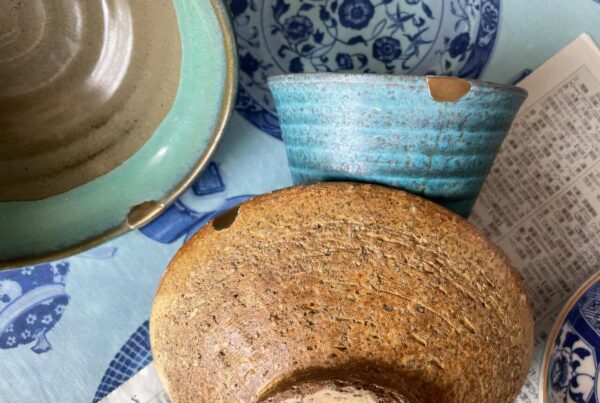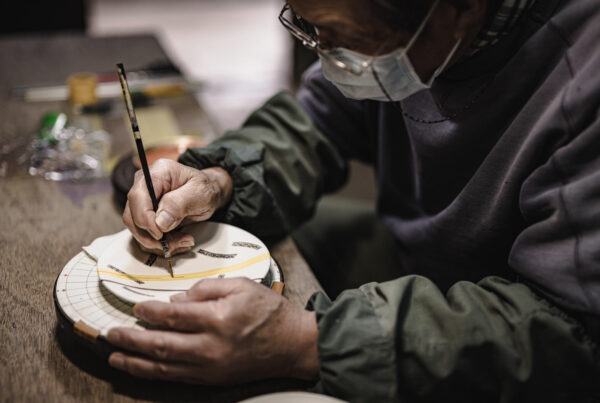In the world of art and restoration, there exists a beautiful philosophy that instead of concealing the damages and imperfections of an object, one should highlight them as part of its history and identity. This philosophy is most famously embodied in the traditional Japanese art of Kintsugi, along with its variations like Gintsugi, Platinum Joining, and Urushi Joining. Each technique, while sharing a core philosophy, employs different materials to achieve a unique aesthetic and functional outcome.
This article aims to introduce beginners to these mesmerizing restoration methods, uncovering the beauty in the broken.
Kintsugi: The Golden Joinery
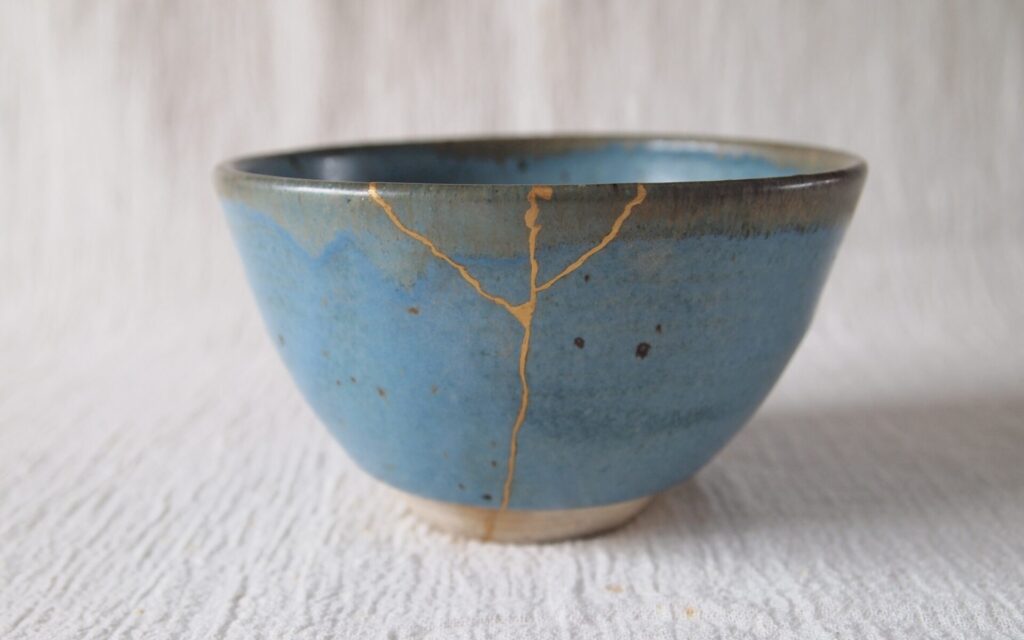 Kintsugi (金継ぎ), which literally translates to “golden joinery,” is a centuries-old Japanese art form that mends broken pottery with lacquer mixed with gold, silver, or platinum. The technique is not just about repair but also about transformation; it gives the object a new life and story, highlighting its fractures with lines of gold. The result is a piece that’s more beautiful and valued than before its breakage.
Kintsugi (金継ぎ), which literally translates to “golden joinery,” is a centuries-old Japanese art form that mends broken pottery with lacquer mixed with gold, silver, or platinum. The technique is not just about repair but also about transformation; it gives the object a new life and story, highlighting its fractures with lines of gold. The result is a piece that’s more beautiful and valued than before its breakage.
The process of Kintsugi involves several steps. First, the broken pieces are carefully assembled and glued together using a special urushi lacquer. Once the lacquer sets, a mixture of urushi and a chosen precious metal powder, most commonly gold, is applied along the cracks. This not only seals the repair but also transforms the flaw into a striking feature of the piece.
Kintsugi is more than a repair method; it’s a philosophy. It teaches us to embrace flaws and imperfections, not just in pottery but in life itself. By highlighting the breaks instead of hiding them, Kintsugi reflects the beauty of resilience and rebirth.
Gintsugi: The Silver Lining
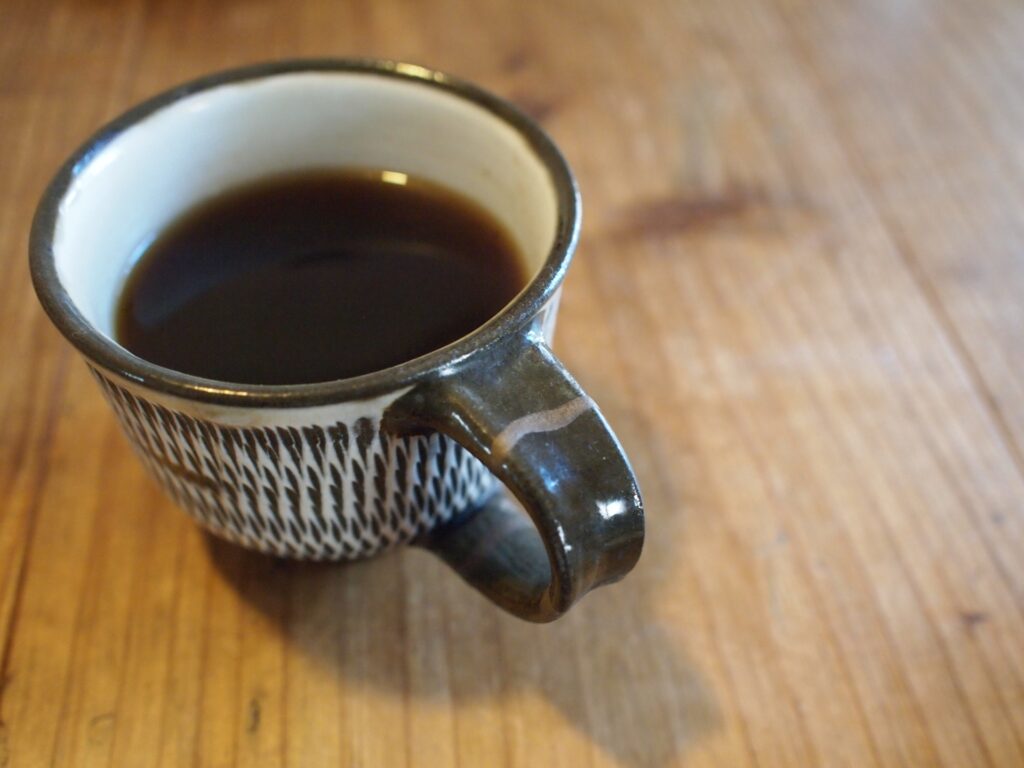 Gintsugi (銀継ぎ) is similar to Kintsugi but employs silver in the place of gold. This technique offers a cooler, more subdued aesthetic compared to the bright and warm allure of gold. Gintsugi shares the same steps and philosophy as Kintsugi, utilizing silver powder to fill the cracks, making the repaired areas a visual celebration of the object’s history and resilience.
Gintsugi (銀継ぎ) is similar to Kintsugi but employs silver in the place of gold. This technique offers a cooler, more subdued aesthetic compared to the bright and warm allure of gold. Gintsugi shares the same steps and philosophy as Kintsugi, utilizing silver powder to fill the cracks, making the repaired areas a visual celebration of the object’s history and resilience.
The choice between Kintsugi and Gintsugi often comes down to personal preference or the specific aesthetic one wishes to achieve. Silver, being less expensive than gold, also makes Gintsugi a more accessible option for many, without compromising the beauty and integrity of the repair.
Platinum Joining: The Modern Twist
Platinum Joining is a more contemporary take on the traditional Kintsugi, using platinum or a platinum alloy in the place of gold or silver. This method gives the repaired piece a modern and sophisticated appearance, with the platinum’s silvery-white shine offering a stark, beautiful contrast against the ceramic’s color.
Platinum, known for its strength and durability, not only aesthetically enhances the piece but also ensures a robust repair. However, due to platinum’s high cost and the skill required to handle it, this technique is less common and often reserved for very special or valuable items.
Urushi Joining: The Understated Beauty
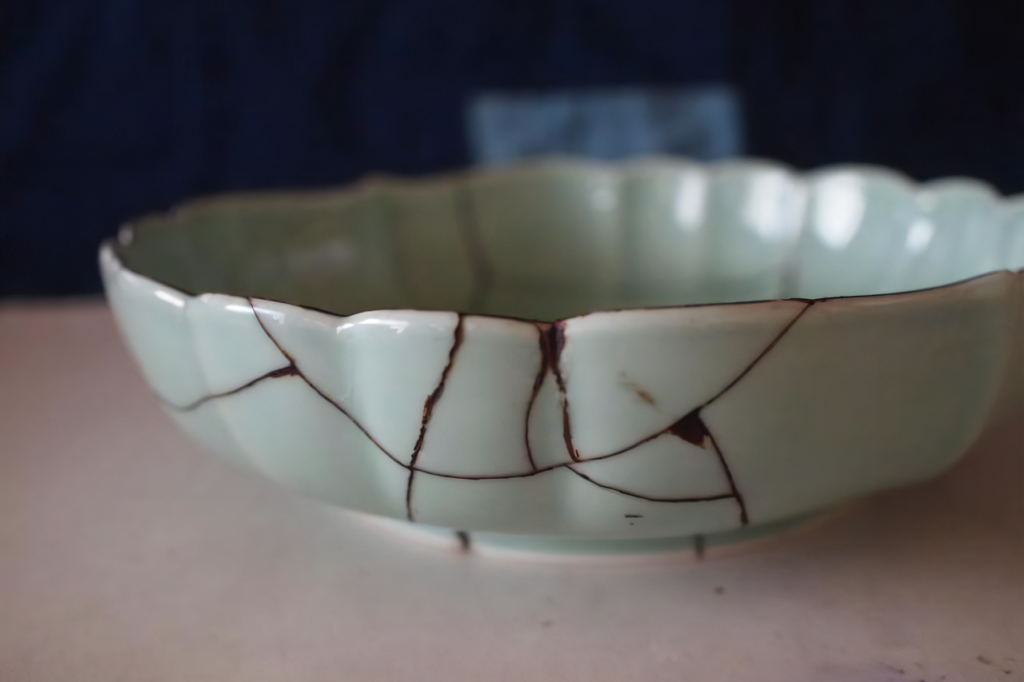 Urushi Joining, or Urushi-tsugi (漆継ぎ) takes a more understated approach compared to the metallic sheen of Kintsugi, Gintsugi, and Platinum Joining. In this method, the focus is on the natural beauty of urushi lacquer itself, without the addition of metal powders. The lacquer, derived from the sap of the urushi tree, is used to bond the broken pieces and fill the cracks. Once hardened, it provides a durable, protective coating that can last for centuries.
Urushi Joining, or Urushi-tsugi (漆継ぎ) takes a more understated approach compared to the metallic sheen of Kintsugi, Gintsugi, and Platinum Joining. In this method, the focus is on the natural beauty of urushi lacquer itself, without the addition of metal powders. The lacquer, derived from the sap of the urushi tree, is used to bond the broken pieces and fill the cracks. Once hardened, it provides a durable, protective coating that can last for centuries.
The appeal of Urushi Joining lies in its simplicity and the deep, rich sheen of the lacquer, which can range in color from deep browns to blacks, depending on the type and application techniques used. This method celebrates the breakage and repair in a more subdued, yet equally profound way, emphasizing the natural beauty and craftsmanship involved in the restoration process.
Conclusion
The art of restoring broken pottery through Kintsugi, Gintsugi, Platinum Joining, and Urushi Joining is a testament to the beauty of imperfection and the value of history and resilience. Each technique, while differing in materials and aesthetics, shares a common philosophy that challenges our conventional views on beauty and repair. They teach us to embrace flaws, to see the beauty in the broken, and to appreciate the stories and history that our objects carry with them.
For beginners interested in exploring these restoration arts, it’s not just about learning a skill but adopting a mindset that finds beauty in imperfection and values the stories behind our cherished objects. Whether you’re drawn to the golden glow of Kintsugi, the cool elegance of Gintsugi, the modern sophistication of Platinum Joining, or the natural allure of Urushi Joining, each technique offers a unique way to celebrate and honor the life and history of the broken pieces we choose to mend.
FAQs: Understanding Kintsugi and Its Variations
-Q: What is Kintsugi?
A: Kintsugi is a traditional Japanese art form that repairs broken pottery using lacquer mixed with gold, silver, or platinum, highlighting the repairs as part of the object’s history.
-Q: How does Gintsugi differ from Kintsugi?
A: Gintsugi uses silver instead of gold for the repair process, offering a cooler, more subdued aesthetic while sharing the same philosophy and steps as Kintsugi.
-Q: What is Platinum Joining?
A: Platinum Joining is a contemporary variation of Kintsugi that uses platinum or a platinum alloy, providing a modern look and added durability to the repaired piece.
-Q: Can I perform these techniques at home?
A: Yes, with patience and the right materials, beginners can practice these techniques at home. Kintsugi repair kits are available, but handling urushi lacquer requires care due to its allergenic properties.
-Q: Is Kintsugi only for pottery?
A: While traditionally used for pottery, Kintsugi and its variations can be applied to a wide range of materials and objects, embracing the philosophy of beauty in imperfection beyond ceramics.
-Q: How long does a Kintsugi repair take?
A: The repair process can take several weeks, depending on the drying times between steps and the complexity of the break.

